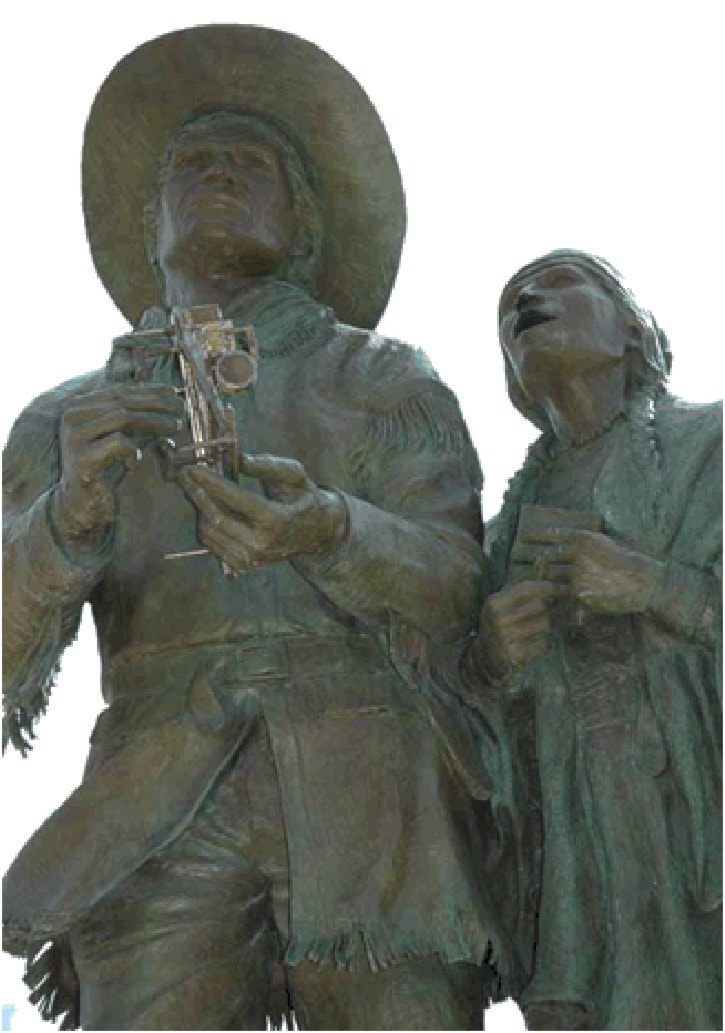Part two of two regarding the bicentennial of David Thompson’s visit to our region
Two hundred years ago, fur trader and explorer David Thompson and his crew were camped on the shore of the Columbia River, north of Mica Creek, passing the winter in a twelve foot square log hut. He is the first record we have of a European explorer in this region. Because of his abilities as a surveyor and his meticulous notes, his journals provide us a unique window into another age.
Thompson had left Fort Edmonton in December and crossed the Rocky Mountains on snowshoes, hauling sleds over Athabasca Pass. While building his hut, he recognized the potential of Western Red Cedar, which split so readily into boards, to create a boat of European style planks into a canoe shape. Like everyone else in the fur trade, Thompson was accustomed to building canoes with the inner bark of birch trees. But due to the milder winter temperatures here compared to east of the Great Divide, the birches along the Columbia River had inner bark that was too thin to work in a freight canoe.
He needed a boat that was large, sturdy, and seaworthy enough for his four French Canadian voyageurs and a year’s worth of trade goods. The design was Thompson’s own, improvised on the spot based on his own experience in a lifetime in boats. This is the first record we have of a cedar plank canoe.
Amazed by the size of the trees here, they sought smaller cedars as they only had two pound axes. Boards were assembled with the simple tools and materials at hand — a crooked knife, chisel, and awl. As in birch bark canoe construction, the cedar planks, ribs, and thwarts were drilled with holes and lashed together using cordage made from split spruce roots. The seams were caulked with a concoction of boiled spruce gum, charcoal, and moose fat.
Thompson encountered native people living on the Arrow Lakes using a distinct “sturgeon-nosed” style of canoe made from a single piece of bark taken off the trunk of large Western White Pines. They built their boats by turning the bark inside out and fitting an internal frame. The ends were closed in a manner that gave the boat pointy ends at the waterline with a swept back bow and stern.
After a summer of trading and surveying as far as the Pacific Ocean, Thompson had a flotilla of six canoes with 11,000 pounds of fur which he led up the Columbia River and delivered to Fort Edmonton. From his astronomical observations on that trip we know that he passed by what is now Revelstoke on September 12, spending the night at Coursier Creek.
A commemorative campfire near that spot is planned for September 10 at Martha Creek Campground. Stay tuned for this and other related events to be coordinated by the Revelstoke Museum and Archives.
